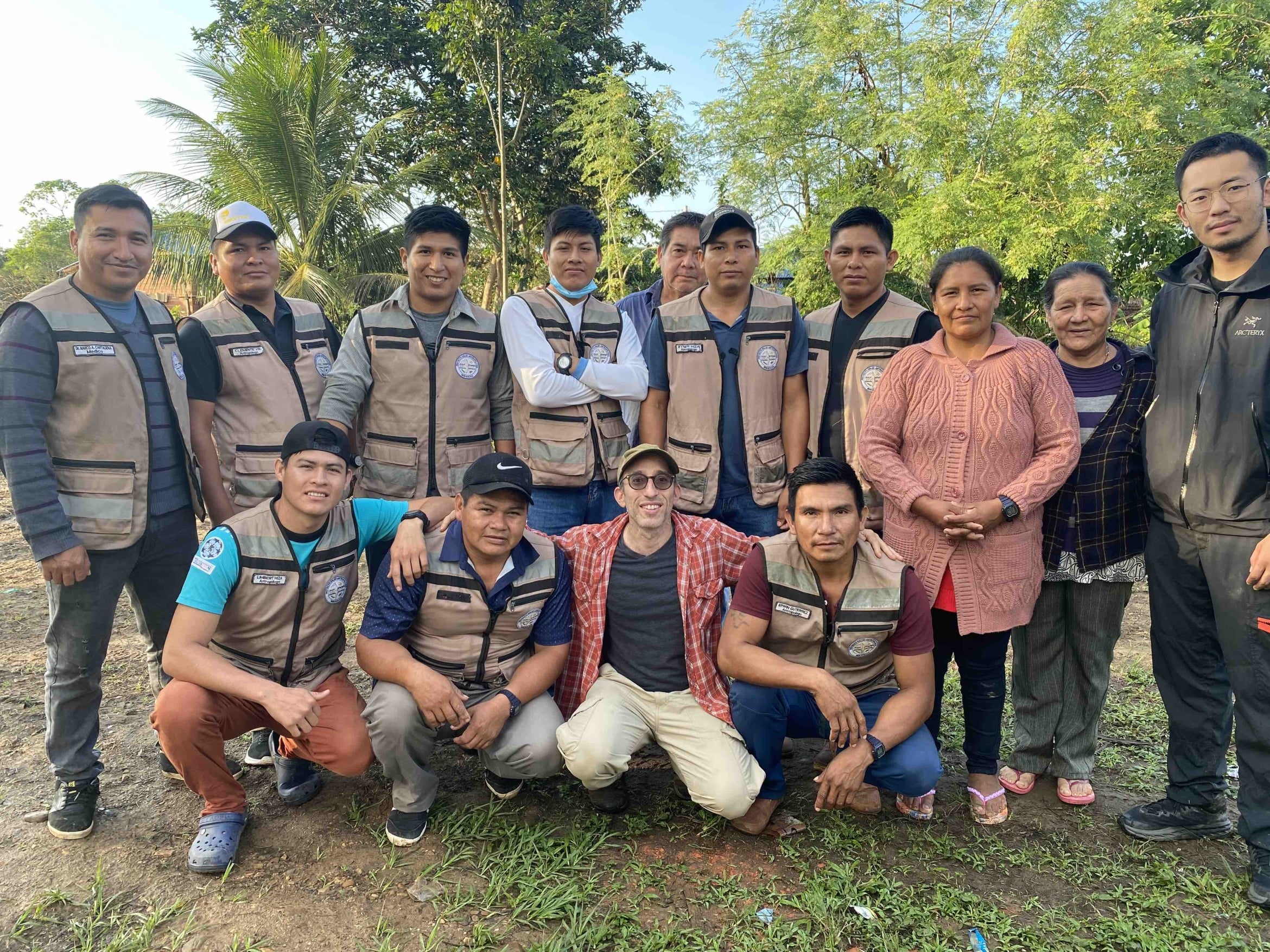
New research shows genetic mutation known for Alzheimer’s disease is associated with higher fertility in women
Previous research has revealed that the Apolipoprotein-ε4 (APOE-ε4) allele increases the risk for a variety of diseases in aging populations, specifically Alzheimer’s and cardiovascular disease. And yet, despite the negative effects of this genetic variant, it remains prevalent in approximately 20% of the human population. In a quest to determine how this negative allele is surviving natural selection, a group of researchers have discovered that the APOE-ε4 allele is associated with higher fertility in women.
In a new paper released in Science Advances, researchers including UC Santa Barbara anthropologist Michael Gurven worked alongside the Tsimane community in Bolivia, a forager-horticultural society, to study the effects of the allele through an evolutionary lens.
Senior author Gurven, and lead author Benjamin Trumble, an associate professor of evolutionary anthropology at Arizona State University’s School of Human Evolution and Social Change, headed to the Bolivian Amazon lowlands where the Tsimane live. Co-directors of the Tsimane Health and Life History Project (also co-directed by Hillard Kaplan and Jonathan Stieglitz), they have a longstanding relationship with the Tsimane to collect demographic and biomedical data alongside the provisioning of medical care — a relationship that has been in effect for over two decades. The Tsimane Health and Life History Project is a large interdisciplinary team effort funded by the National Institute on Aging, combining U.S. and Bolivian anthropologists, clinicians and medical specialists.
With more than 17,000 people living across 90 villages, the Tsimanes’ agrarian lifestyle is more similar to human life prior to the Industrial Revolution than modern cities, offering a unique glimpse into health and aging without the influences of modern day amenities.
“What we do is try to understand what human health was like prior to industrialization,” Trumble explained. “For 99% of human history, we were hunter-gatherers. The world we're living in today is really weird. It's this built environment that we've created that's very different from what it was throughout most of human evolution.”
For this particular study, the researchers collected data from 795 Tsimane women, ranging in age from 13 to 90 years old. The team of researchers not only retrieved genetic data to determine which alleles are prevalent for each individual, but also detailed reproductive histories that provide information about their fertility, including age of first birth, how long between births and the total number of live births.
They discovered that Tsimane women with the presence of one APOE-ε4 allele had an increase of 0.5 births, compared to those without the APOE-ε4 allele. The number of live births increased even more when there was the presence of two copies of the APOE-ε4 allele, where these women had an average of two more live births compared to those without this specific allele.
“What we found was that women with the APOE-ε4 allele began reproducing almost a year earlier and they had shorter interbirth intervals,” Trumble explained. “Those two things combined allow them to have about half an additional child if they have one copy or two additional children if they have two copies.”
This advantageous effect on fertility could help to explain how an allele that has such a negative impact in one’s later life through the increased chances of developing Alzheimer’s or cardiovascular disease has not been weeded out by natural selection — the advantages take place in one’s early to mid-life years, and therefore are passed along to their offspring.
“Genes that are associated with diseases that occur after reproduction is complete, are thought to be invisible to selection, in what is called ‘selection’s shadow,’” Gurven said. “If those same genes provide benefits to your fitness earlier in life, it would be even harder for selection to weed out those genes.”
Other, smaller studies have shown other advantageous aspects of the APOE-ε4 allele, including that children in Brazil are able to handle environmental pathogens and parasites, such as giardia, better than those without the allele, which resulted in better cognitive functions and higher growth rates.
This study builds on prior work showing other potential benefits of APOE-ε4 in the rural high-infection environment of the Tsimane. In one, the researchers showed that Tsimane APOE-ε4 carriers showed lower levels of inflammation when uninfected, but maintained higher blood lipid levels that buffer costs of immune activation during infection. In another, they showed that APOE-ε4 carriers were protected from cognitive declines, but only those who had experienced infection.
Even with these benefits of the APOE-ε4 allele that have been discovered, there is still the major deleterious effect of the increased risk of Alzheimer’s and cardiovascular disease in the later stages of life.
Interestingly, this negative effect of the allele is mostly seen in Westernized nations. The Tsimane, for instance, have the lowest rates of dementia and Alzheimer’s in the world, as discovered by the large interdisciplinary team last year. This is despite having the same 20% prevalence of the APOE-ε4 allele in their population.
What can this mean for understanding and treating the negative effects of the allele in areas affected the most?
“We need to think outside the box and move beyond our focus on ‘this allele causes X disease’ and that's just how it is. Instead, we need to take a step back and ask, what about in different environments? What about in the environments in which humans evolved?” said Trumble.
“When we see that APOE-ε4 has different effects on our health in different environments, we need to think about the larger context in which those genes first evolved and are later maintained, like how our genes might hurt us in some settings, but help us in others,” said Gurven. “If we could figure out a way to mimic the conditions where APOE-ε4 doesn’t harm us, but may even help, that could launch a new path forward for disease prevention.”
Sonia Fernandez
Senior Science Writer
(805) 893-4765
sonia.fernandez@ucsb.edu




